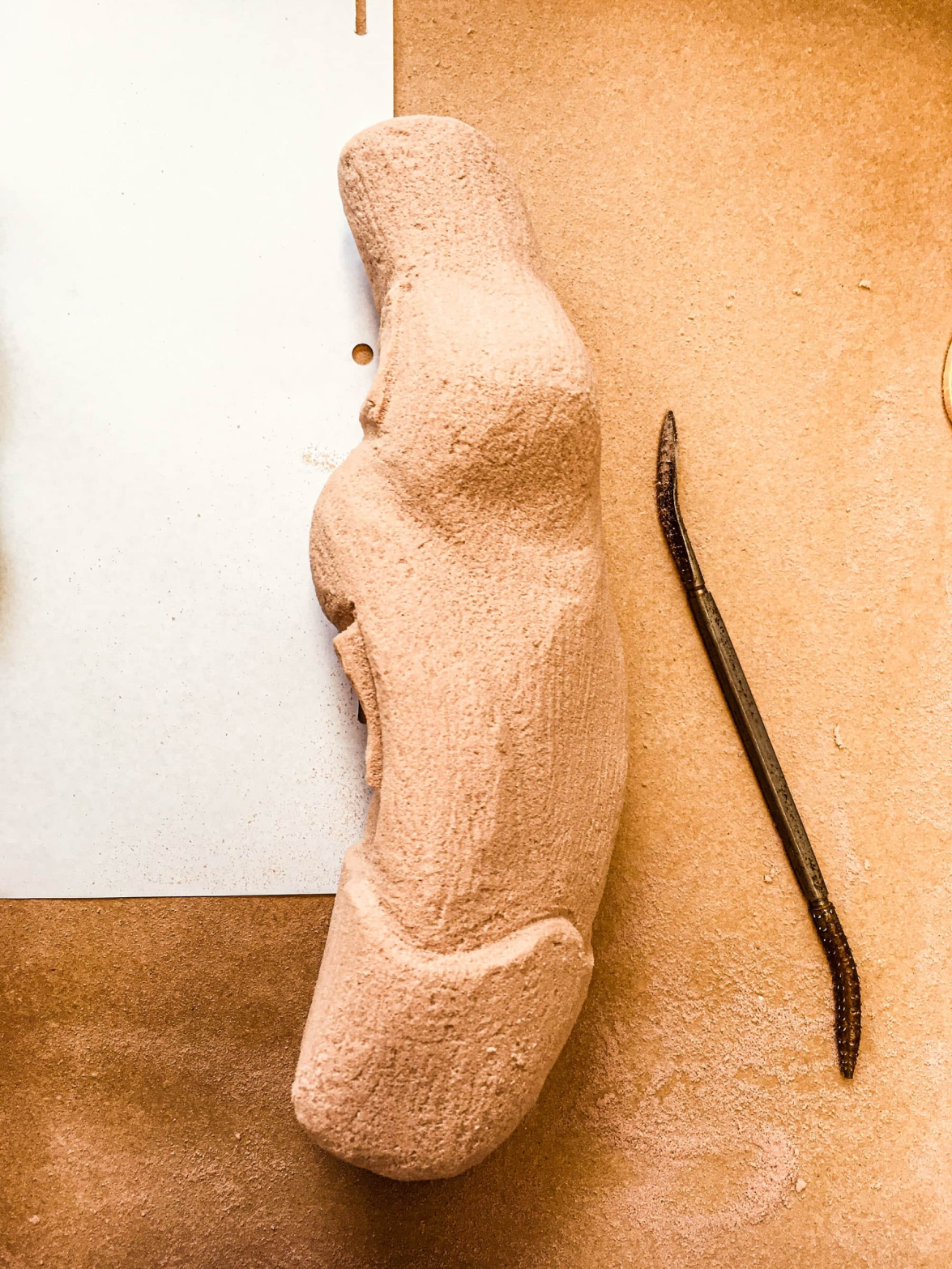
modular ballet pointe sock:
affordable, sustainable, safe, & comfortable.
Summer 2019
Revisited Fall 2021
Individual Project
1/ Research
key pain points:
/ The status quo pointe shoe experience is discomfort, pain, and ease-of-injury.
/ The lack of customization of pointe shoes leads dancers to break them before wearing them to increase flexibility and comfort (softening with water, breaking the shank, removing the soles).
/ Pointe shoes wear down quickly with moisture and wear. The average lifespan of pointe shoes for professionals is 2 days, leading to waste.
/ Worn-out shoes don’t support the dancer’s body, leading to a higher risk of injury. Once a dancer is injured, it is difficult to get back in.
/ Average cost of a pair of pointe shoes: $80. New York City Ballet goes through 8,500 pairs of pointe shoes per season, spending $680,000 per season.
2/ solution
I re-designed the pointe shoe by stripping it down to its core components: the box, the shank, and the fabric that secures the box and shank to the foot.
The Modular Pointe Sock is a fitted ankle sock with pockets for the replaceable components: the box, a custom toe padding insert, and the flexible shank.
/ The box and shank do not soften with moisture and usage and therefore allow for a much longer lifespan. When these components do wear out, they can be replaced individually.
/ The skin-tight nature of the sock gets rid of the need for ribbon and elastic. The fabric is breathable, sweat-absorbant, and tear-resistant.
/ In order to ensure the sock fits tightly and supports the dancer's foot without leaving too much room for flexibility, the sock has various levels of elasticity in select parts of the sock. The outer side of the foot has slightly stronger elasticity to carefully provide resistance to the dancer turning their foot in, which could lead to injury. The ankle also has stronger elastic to provide ankle support.
/ The bottom of the sock has added friction to replace the suede sole.
/ The fabric matches the skin color of the dancer to effectively elongate the line of their leg.
Since dancers typically cannot wear accessories, including wearables to track their health and fitness, I have included a pocket for an electrode where a pulse can be read on the foot and the required technical component for sweat analysis. This would be beneficial to dancers and companies to track their health, particularly in a profession that is extremely grueling on health, where the dominant culture is to ignore health issues and keep pushing, but where continuing to push could lead to serious injury or health issues.
3/ initial sketch
4/ LOW-RESOLUTION PROTOTYPE
/ material: clay
5/ orthogonal sketches
6/ MEDIUM-RESOLUTION PROTOTYPE
/ material: foam
7/ HIGH-RESOLUTION PROTOTYPE
/ materials: 2 layers of spandex/nylon fabric + old pointe shoe components
/ resistance band to prevent poor technique that can lead to injury:
7/ HIGHER-RESOLUTION PROTOTYPE
/ material: 3D printed toe box
/ iterations of a 3D printed toe box to make box and shank last longer, like the sock:
8/ next steps
The next iteration of the modular pointe sock will include a perfected long-lasting toe pad and shank. The 3D printed PLA plastic is difficult for this purpose because the box and shank need to be flexible to support the dancer through movement and articulation of the foot, but also be sturdy enough to support all their weight on pointe safely. Through my initial research, a potential material for these components may be D3O, which is made of thermoplastic polyurethane, a type of plastic, which is soft and flexible by default but hardens on impact.














